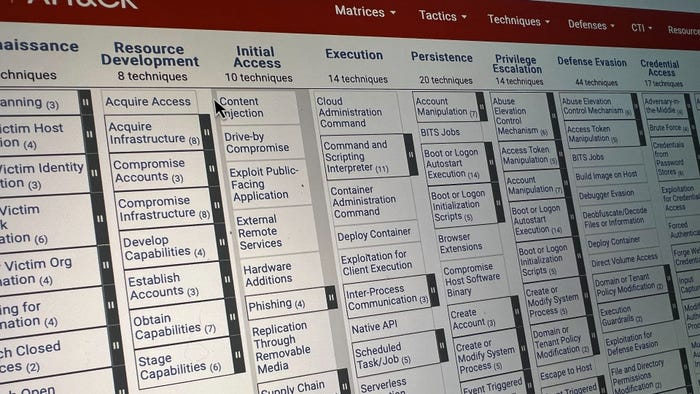Part One -- SMB LessonsPart One -- SMB Lessons
As I've been following the devastating floods in the Midwest and specifically Iowa, I can't help but say something from a disaster recovery viewpoint. Clearly my heart goes out to the personal losses being suffered by thousands of people in the area, but part of my nature is always to look for ways that companies survive. I have seen a number of stories with company's stock price being affected by not being able to maintain business operations. In some cases, this makes sense, especially in agri

As I've been following the devastating floods in the Midwest and specifically Iowa, I can't help but say something from a disaster recovery viewpoint. Clearly my heart goes out to the personal losses being suffered by thousands of people in the area, but part of my nature is always to look for ways that companies survive. I have seen a number of stories with company's stock price being affected by not being able to maintain business operations. In some cases, this makes sense, especially in agriculture for the region but for others it does not. In all sizes of business, there is some requirement to protect data but it does differ. This entry we will focus on SMB Strategies.Step One -- Consistent Daily Backups. Obvious though it may seem, the smaller the business, the less likely it is to back up every day or be concerned if the occasional backup fails. The problem is that the disk technology has become so reliable we don't really expect it to fail anymore and so the temptation is not to worry about it as much. For small businesses, the backup software that came with the operating system or the application you are using is often good enough, but as the business grows, look beyond the basic backup to more enterprise applications like those from EMC Software, Syncsort, Symantec or Commvault.
Step Two -- Storage of the Backups. In small business, where most of the storage is standalone (not on a SAN), backups are mostly done to other hard drives. Big hard drives are easier, faster, and appear more reliable than tape drives. I could make a case, though, that hard drive backup is the worst thing that ever happened to small business. At least with tape, there was a chance that you would slip it in your briefcase and take it home with you. Hard drives typically just stay there connected to the same server that is about to be flooded. That said, hard disk backup has too many other compelling advantages to get small business to switch back to tape-based backups, and realistically you don't need to. Now companies like ioSafe and SentrySafe are shipping disaster-proof hard drives. The product from ioSafe, for example, is crushproof, fireproof, and, yes, waterproof. In fact, it now has a 3.5-inch form factor of the drives that can mount internally in your server. This type of technology should be the bare minimum for backup destinations in small business today.
Step Three -- Off-Site. With disaster-proof backup drive technology, the pressure to get data out of the building is diminished but is still important. For example, if you can't get in your business for a few days or weeks because of the flooding, you will want a way to access that data elsewhere. For small businesses, this is where online backup or online storage can be an excellent supplement to a disaster-proof hard drive. With the combination, you can use online backup to recover the most critical files to the business as you need them, and then pull back everything else from the disaster-proof hard drive when you can get back into the building.
In an upcoming entry, will talk about data recovery strategies for medium-sized business.
George Crump is founder of Storage Switzerland, an analyst firm focused on the virtualization and storage marketplaces. It provides strategic consulting and analysis to storage users, suppliers, and integrators. An industry veteran of more than 25 years, Crump has held engineering and sales positions at various IT industry manufacturers and integrators. Prior to Storage Switzerland, he was CTO at one of the nation's largest integrators.
Read more about:
2008About the Author
You May Also Like
Uncovering Threats to Your Mainframe & How to Keep Host Access Secure
Feb 13, 2025Securing the Remote Workforce
Feb 20, 2025Emerging Technologies and Their Impact on CISO Strategies
Feb 25, 2025How CISOs Navigate the Regulatory and Compliance Maze
Feb 26, 2025Where Does Outsourcing Make Sense for Your Organization?
Feb 27, 2025




